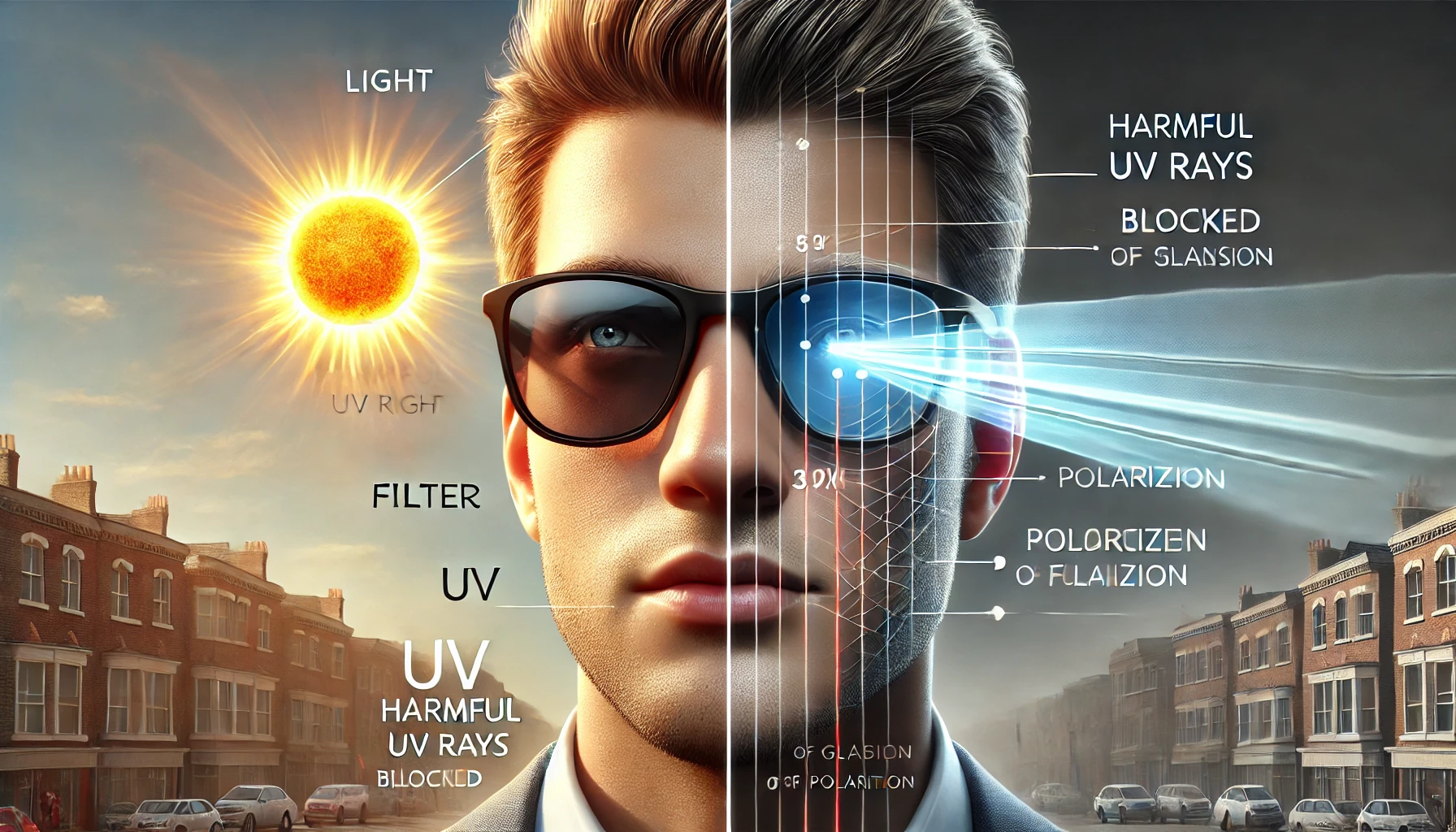Introduction Sunglasses are not just a fashion accessory but also a crucial protective device for our eyes. They filter light and block harmful ultraviolet (UV) radiation, safeguarding our vision from potential damage. This article explores the physics behind how sunglasses work, focusing on light filtration, UV protection, and the role of polarization.
How Sunglasses Filter Light Sunglasses reduce the intensity of light that reaches the eyes. This makes it more comfortable to see in bright conditions. They accomplish this through:
- Tinted Lenses: These lenses are treated to absorb specific wavelengths of light, which reduces brightness and glare. This is part of the physics of sunglasses.
- UV Coating: Special coatings on the lenses block or absorb UV radiation, preventing these harmful rays from reaching the eyes.
Protection Against UV Radiation Ultraviolet radiation can cause significant eye problems. These include cataracts, macular degeneration, and photokeratitis (sunburn of the retina). Sunglasses designed to block 100% of UVA and UVB rays provide essential protection. This helps to prevent these conditions.
- UVA and UVB Protection: Quality sunglasses are designed to block out 99% to 100% of both UVA and UVB rays. Thus, ensuring comprehensive protection from the sun’s harmful effects. It’s all about understanding the physics of sunglasses.
The Role of Polarization Polarized sunglasses go a step further by not only reducing light intensity. They also block glare from reflective surfaces such as water or pavement. This is achieved through a special film that is applied to the lenses:
- Polarization Process: The film contains molecules aligned horizontally. This blocks horizontally oriented light, which is the type predominantly reflected by shiny surfaces. The physics of sunglasses includes this polarization process.
Choosing the Right Sunglasses When selecting sunglasses, consider the following features for maximum protection and comfort:
- Look for 100% UV Protection: Ensure the sunglasses provide complete UV protection against both UVA and UVB rays.
- Opt for Polarized Lenses: If you spend a lot of time driving or near water, polarized lenses can significantly reduce glare. This improves visibility and comfort.
- Fit and Coverage: Sunglasses should fit well and cover the entire field of vision. This prevents UV rays from entering around the edges of the glasses. It also ties into the overall physics of sunglasses and how they protect your eyes.
Conclusion Sunglasses play a vital role in eye health by filtering light and blocking harmful UV radiation. They also reduce glare through polarization. Understanding how sunglasses protect your eyes can help you make informed choices about eyewear. This ensures optimal protection for your vision.

